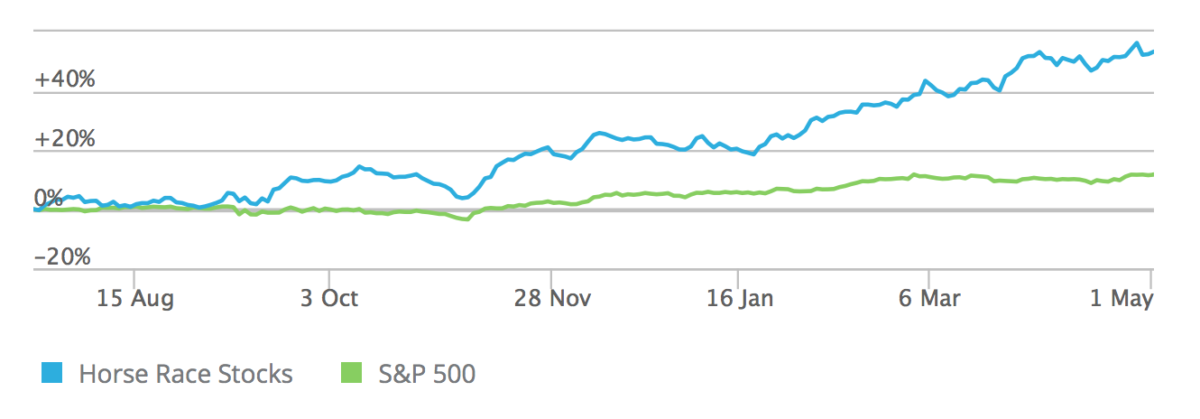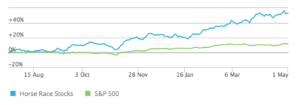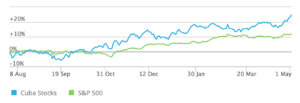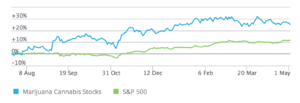You have probably seen those ads on TV about flipping houses and investing in real estate. Before dipping your foot in the water, maybe you should read up on buying and renting homes. The following are some recent top selling books on real estate investing, shown by category. Happy reading and investing!
Rental Properties & Property Management
Real Estate Investing: 2 Manuscripts – “Flipping Houses” and “Rental Properties”
The 16 Keys to Successful Real Estate Investment
The Complete Guide to Investing in Rental Properties
Real Estate Investing Jump Start
Rental Property Millionaire: Comprehensive Beginner’s Guide for Newbies
The Real Estate Rookie’s Guide to Property Investment
Magic Mirror Investing: Your Complete Guide to Property Management
Flipping
The Book on Flipping Houses: How to Buy, Rehab, and Resell Residential Properties
FLIP: How to Find, Fix, and Sell Houses for Profit The Complete Guide to Flipping Properties
Forclosures
The Complete Idiot’s Guide to Buying Foreclosures, 2nd Edition
Buy & Rent Foreclosures: 3 Million Net Worth, 22,000 Net Per Month, In 7 Years…You can too!
Foreclosure Investing For Dummies Buying Real Estate Foreclosures
Short Sale Investing
Negotiation
Real Estate Taxation
Practical Guide to Real Estate Taxation, 2017
Hotel Investing
Hotels and Resorts: An investor’s guide












